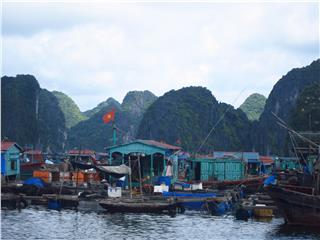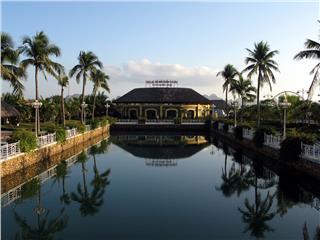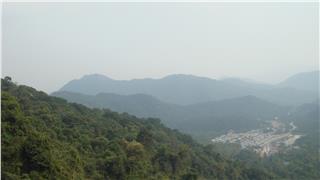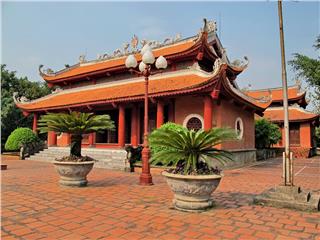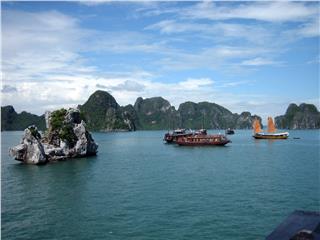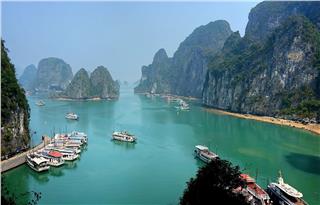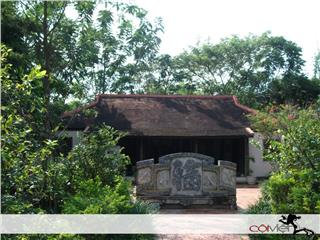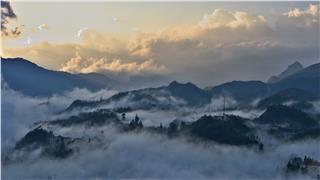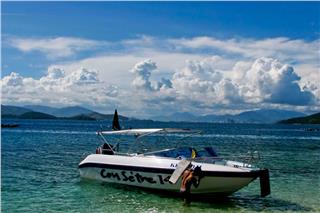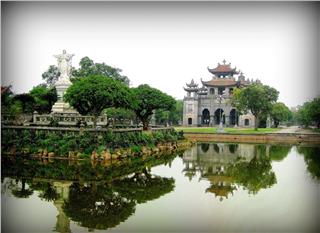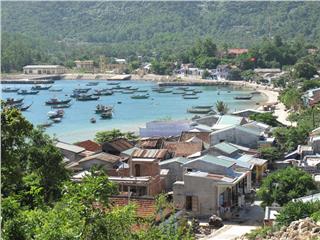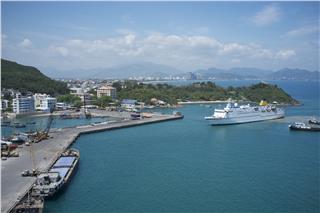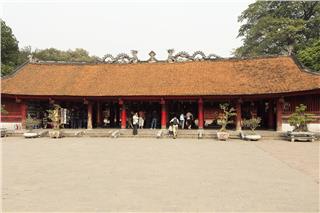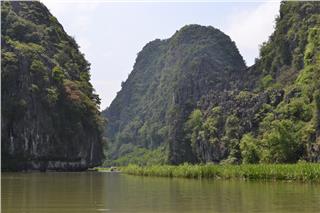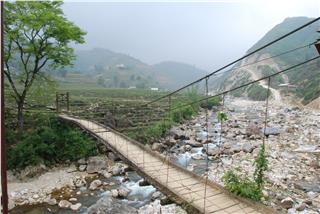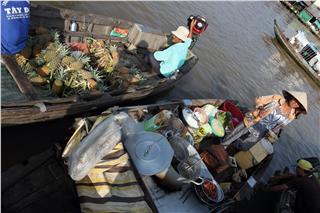Story about Cua Ong Temple
Tue, 14 Oct 2014 . Last updated Thu, 25 Jun 2015 08:53
-
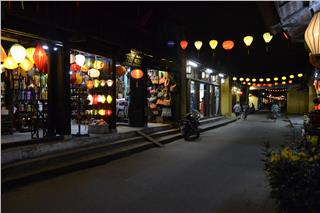 Hoi An travel to New Moon Festival 7230 viewed
Hoi An travel to New Moon Festival 7230 viewed -
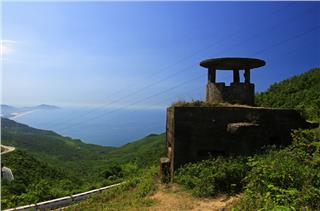 Vietnam War bunker near Da Nang 6704 viewed
Vietnam War bunker near Da Nang 6704 viewed -
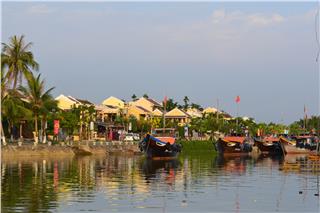 Ancientness of Hoi An ancient town 6615 viewed
Ancientness of Hoi An ancient town 6615 viewed -
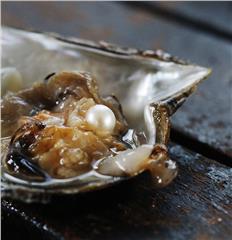 Discovering pearl in Phu Quoc Island 6122 viewed
Discovering pearl in Phu Quoc Island 6122 viewed -
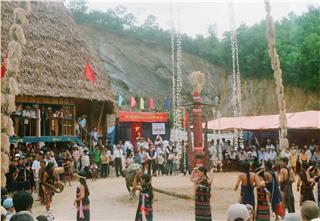 Discovering the Co Tu village in Quang Nam 5978 viewed
Discovering the Co Tu village in Quang Nam 5978 viewed -
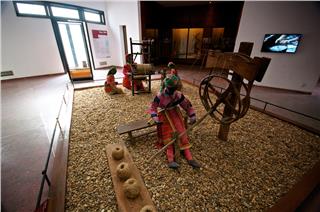 Cultural identity of ethnic groups in Vietnam Museum of Ethnology 5940 viewed
Cultural identity of ethnic groups in Vietnam Museum of Ethnology 5940 viewed -
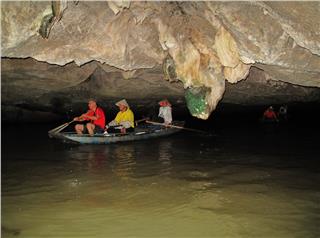 Visit Trang An complex in Ninh Binh 5842 viewed
Visit Trang An complex in Ninh Binh 5842 viewed -
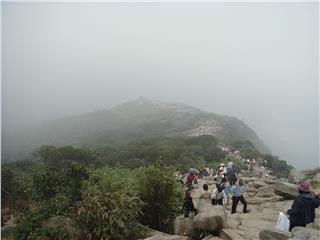 Yen Tu Pagoda and records of Vietnam 5809 viewed
Yen Tu Pagoda and records of Vietnam 5809 viewed -
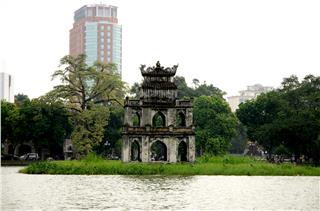 Hanoi Vietnam to Hoan Kiem Lake 5683 viewed
Hanoi Vietnam to Hoan Kiem Lake 5683 viewed
Situated in a favorable location, Cua Ong Temple attracts visitors by not only the sacredness but also the beautiful landscape. It creates the harmony between mountain, forest and sea, a great beauty of the northeast of the country.
Cua Ong Temple is situated in Cua Ong ward, Cam Pha town, Quang Ninh province with the mountain at its back and the sea upfront. Standing on the yard of the temple, you can see Bai Tu Long Bay with hundreds of islands of all shapes and sizes, a densely-populated valley, a mountain range in a distance running to Mong Duong. According to the feng shui principles, Cua Ong Temple is located in the venue of good spirit which makes it a holy land. This area was often packed with warships, cargo ships and fishing boats during the first years of the first century. As proven by archeologists, it was located on the silk road on the sea from Northeast Asia to the Middle East and Europe. From Cua Ong Temple, we can see Bai Tu Long Bay where Vietnamese dynasties set up customs station to supervise the area and collect tax. The estuary adopted the name Cua Suot.
Cua Ong or Cua Suot is well-known in the history and the spiritual life of Vietnamese people via the two flights against Mongol invaders during 1284-1285 and during 1287-1288. Cua Ong Temple is the place where Hung Nhuong Dai Vuong Tran Quoc Tang is worshipped. As the son of Quoc Cong Tiet Che Hung Dao Dai Vuong Tran Quoc Tuan, nephew of Deputy General Tran Khanh Du, brother of Hung Vu Vuong Quoc Nghien and Hung Tri Vuong Quoc Hien, Hung Nguong Vuong Tran Quoc Tang was a national hero in the two flights. He was assigned with the task of expanding and protecting the Yen Sinh – the Northeastern land of the country and it was also the land the King rewarded to his family.
Hung Nhuong Vuong Tran Quoc Tang was conferred with the title “Tiet Do Su truy Phong Thay Uy”. There’s a saying that goes “Military generals become saints after they pass away”. Those who worship generals in the Tran Dynasty place his statue on the second layer after that of Tran Hung Dao. As Hung Nhuong Vuong Quoc Tang managed the eastern estuary, he’s also called Duc Dong Hai Dai Vuong, De Tam Duc Thanh, Ong Cua Suot Cua Dong. So, people often pray to him like this. Duc Ong Dong Hai, the third-ranking general comes back to the temple in a palanquin.
Legend has it that he and Tran Khanh Du led the troops here and defeated the fleet of food ships under the command of Truong Van Ho. The invaders, therefore, had no food to eat and were captured by our navel force on the Bach Dang River. Tran Quoc Tang-Tran Quoc Tuan’s son won glorious victory on the East Sea in the two battles of the Tran Dynasty against Mongol invaders. It is advisable to place the worshipping belief of Duc Thanh Ong Cua Suot in the worshipping system for national heroes of the Vietnamese. The heroes were often deified after their death and worshipped in temples.
The worshipping of such saints has more human values than that of deities of nature (the deity of rain, the deity of thunder, the deity of lighting, etc.) who are assumed to have supernatural power. People in an agricultural country like Vietnam often pray to the deities of nature for favorable weather. So these deities don’t have much influence on people’s thoughts and feelings and they aren’t the bright examples for the people to follow. However, the saints who were national heroes become the spiritual support for people. People often pray to these saints for their help in various issues in life.
Vietnam has an age-old tradition of filial piety. So, they respect and take care of their parents and grandparents when they’re alive and hold the death anniversary from them after they pass away. Filial piety in the community and the nation has the same principles. People should be grateful for those who performed great deeds for the village and the nation. That’s why national heroes were often deified after their death. The whole community worships and builds temples in their honor. Cua Ong temple was built in that principle. It proves the gratitude of today’s people for heroes in the past, not only for Tran Quoc Tang but also for other well-known figures in the Tran Dynasty. The worship of these generals shows how grateful the people are for great contributors to the nation.
In front of the temple is a 2-storey bell tower with concrete pillars, two four-sided roofs and curved dragon-head eaves. The temple was built in the shape of Chinese character “gong” with three front halls, three connecting halls and three sanctuaries. Its rafters are simple without patterns. The temple is the place where Hung Nhuong Dai Vuong Tran Quoc Tang or “Ong Thanh Cua Suot” is worshipped. Hung Dao Dai Vuong and other members in his family are worshiped in the sanctuaries. On the left is the alatr of Kham Sai Tiet Che Hoang Can. Behind the temple is the grave of Hung Nhuong Vuong Tran Quoc Tang.
People came here to offer incense to the general even when the temple was still only a small thatched temple. Going through so many ups and downs, Cua Ong Temple is well-known for its sacredness and attracts a lot of visitors because it’s also the place where they can worship the two tutelary gods. Here in Cua Ong Temple, people worship Trung Thien Long Mau who founded the area. Kham Sai Dong Dao Tiet Che Hoang Can, who fought against invaders to protect locals and other generals and mandarins in the Tran Dynasty. These generals expanded and protected the coastal land of Yen Sinh and after their deaths, they became tutelary gods. 34 statues of various sizes with elaborate carving patterns can be found here. This is perhaps the only temple where all members of Tran Hung Dao’s family and his closest subordinates are worshiped. Sculptors in the past created lively works that described precisely the look and soul of the statues. In particular, they dated back a long time ago and were cast with rare materials.
These statues remain almost unchanged today, thus facilitating the work of scientists and researchers in such field as fine arts, history and culture. Thanks to a large number of vivid objects, Cua Ong temple can be likened to museum that introduces to tourists the family background and career of generals in the Tran Dynasty and their fight against Mongol invaders over 7 centuries ago. The Lower temple worships the Goddesses of the Four Palaces of the Universe (Tu Phu), the Three Goddesses (the Goddess of the heaven, the Goddess of the earth and the Goddess of the water), the jade Emperor, Crux and the Five Mandarins.
Cua Ong Temple has both tangible and intangible values shown in its annual festival. Cua Ong Temple festival is imbued with traditional belief. It’s organized and attended by lacals in Cam Pha and nearby areas. The festival takes places in spring (from the New Year’s Eve to the end of the third lunar month) and autumn (from the 16th day to the end of the 8th lunar month). In particular, the main festival days start from the 3rd day of the second lunar month with special precession ritual showing the hope of people across the nation.
Cua Ong temple is now a spiritual venue of not only Quang Ninh people but also people nationwide. In particular, Vietnamese expats feel so moved when they come to the temple in their motherland. In celebration of the 700th death anniversary of Hung Nhuong Vuong Tran Quoc Tang in 2013, the Cam Pha People’s Committee, the Quang Ninh Buddhist Association and the Vietnam Buddhist Academy jointly held a workshop on this renowned general. Nearly 30 scientists from the institute of History Institute of Han-Nom Studies and Institute for Religious Studies under the Vietnam Academy of Social Sciences attended the workshop and discussed new perspectives of the general and this historical site. They also pointed out the necessity of working out a specific plan to restore and promote the value of Cua Ong temple.
Nowadays, we are sparing no efforts for the sustainable sea economic development strategy. Hung Nhuong dai Vuong Tran Quoc Tang who defended Cua Suot over 700 years ago left us many lessons. The special point is that the Cua Ong relic complex is situated near Halong Bay- the cultural Heritage and wonder of the world and Van Don – a district which is experiencing steady changes to become an economic zone and exclusive tourism area. Therefore, the local authorities should pay greater attention to renovating the site to elevate it to be on a par with its position as the center of two key tourism areas of Quang Ninh.
Source: VTC10 - NETVIET

